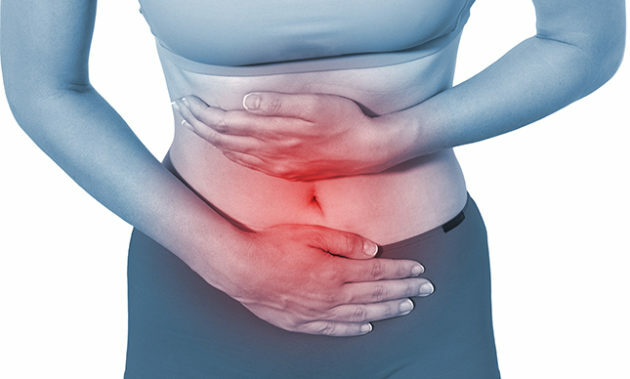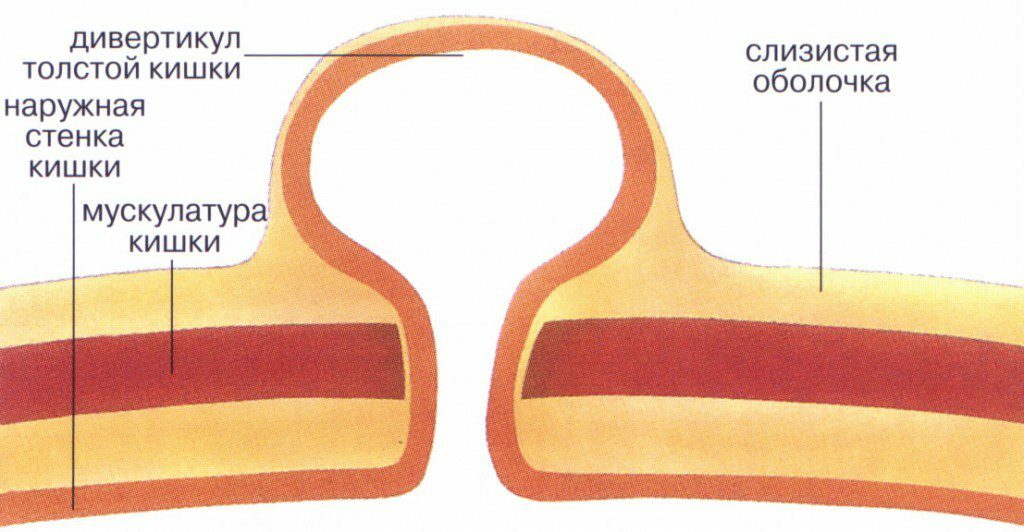What is spasmodic constipation: the causes of appearance and treatment
Everyone will confirm that he has at least once in life occurring disorders of the digestive tract. They manifest themselves with various symptoms: heartburn, nausea, eructation, vomiting, upset of the stool, bloating. However, the most common complaint in people of different ages is constipation, which can be spastic or atonic. Moreover, each variety arises from different causes, requiring certain treatment tactics in certain cases. In this article we will understand what constitutes a spastic constipation and how to get rid of it.

In medical practice, it is assumed that the constipation - is the absence of the act of defecation for more than 48 hours. However, if a person regularly defecates 3-4 times a week, without experiencing any discomfort, this is considered the norm. Stool retention can appear for various reasons, often accompanied by all sorts of clinical manifestations, which helps the doctor diagnose pathology, prescribe adequate and effective therapy.
What constipation is called spastic?
Many people are interested in what constitutes spastic constipation and what are its main manifestations. This type of stool delay occurs due to violations of intestinal peristalsis due to insufficient innervation of its autonomic nervous system. In this case, spasms of certain areas of the lower parts of the digestive tract appear, which impede the progress of feces.
As a result, the chair hardens, and the person complains of pain in the abdominal area and the need to make efforts, performing an act of defecation.
reasons
The pathogenesis of spastic constipation are functional disruption of the autonomic nervous system, leading to an increase in muscle tone of the gastrointestinal tract.
Such changes occur under the action of a number of factors:
- Pathology Endocrine - hypothyroidism, pituitary diseases, diabetes.
- Menopause, accompanied by a malfunction of the ovaries. Third trimester of pregnancy.
- Frequent stress, severe psychological trauma.
- Disturbances in the diet with eating foods that can irritate the intestinal wall( raw vegetables, fried meat).
In some cases, spastic constipation occurs after poisoning with various toxic substances. It should be noted that it is necessary to eliminate precisely the factor that contributed to the development of this manifestation. Therefore, if you find yourself experiencing symptoms of spasmodic constipation, you should contact the doctor for the diagnosis of possible pathologies.
How is this type of constipation manifested?
A characteristic feature of spasm of the intestine is not a constant, but a periodic absence of feces, alternating with a normal stool, and sometimes even with diarrhea.
The main symptoms of spastic constipation are:
- The absence of a stool for several days, accompanied by severe pain in the lower abdomen, is often cramped. Deterioration of appetite, fatigue.
- .
- Sensation of overflow in the abdomen, sometimes with swelling.
- Difficult stool passage, requiring a man's musculature of the crotch and abdominal muscles.
- The stool is solid, come out in batches - the so-called "sheep" or "goat" feces.
- Feeling of the so-called unfinished act of defecation.
- There are often streaks of mucus and blood in feces.
All this is accompanied by increased irritability, possible sleep disorders, excessive emotionality. Many people complain of a periodic loud rumbling in the abdomen, the appearance of diarrhea after several days of complete absence of stool.
Diagnostics
If there are signs of a spastic constipation, do not hesitate to visit a doctor. Only a specialist can make a definitive diagnosis by assigning all the necessary tests and studies.

Diagnosis of this type of stool delay includes:
- Analysis of feces for microflora. Violations of the intestinal flora often lead to the activation of processes of putrefactive fermentation, affecting the functioning of the digestive tract and contributing to the development of a characteristic clinical picture.
- Palpation of the abdomen. In this way, the doctor can determine the strength of pain at different levels of the large intestine, and also feel the spasms.
- Endoscopic examination - allows to examine the mucous membrane of the lower parts of the gastrointestinal tract, assessing its condition and noting the presence of complications( damage, bleeding).
- Radiography of the intestine. It makes it possible to detect the presence of condensed fecal masses, intestinal wall integrity disorders.
- If the pathology of the endocrine system is suspected, the doctor appoints additional studies and specialist advice.
It is important to remember that the treatment of spastic constipation is aimed at eliminating the cause, and not just the clinical manifestations. Therefore, consultation and examination of a specialist is necessary to preserve health.
What is dangerous for this type of constipation?
If a spastic constipation is not treated, there is a serious threat to human health. It manifests itself in the appearance of a number of complications leading to a violation of the general condition.
The danger of this type of stool retardation is as follows:
- Hardened stool mass, passing through the intestine, can injure its walls. This leads to the appearance of blood veins in the excrements. If the problem is not eliminated, the risk of intestinal bleeding increases, secondary infection becomes associated with the formation of foci of inflammation.
- Hardened feces, which are in the lumen of the intestine for a long time, can cause general intoxication. The reason for this is the activation of mucosal absorption of toxic substances from the bowel movements, which is manifested by general weakness, nausea, headaches, an unpleasant aftertaste in the mouth. In severe cases, vomiting is possible.
In order to avoid the development of serious consequences, it is important to contact the hospital in time, where the doctor will explain how to treat spastic constipation, and give advice on its prevention.
Treatment methods
Treatment of spastic constipation is aimed at eliminating the cause of their occurrence. Therapy may include medication, as well as folk methods that facilitate the condition.
After performing the necessary examinations, the physician prescribes the following ways of eliminating the spastic constipation:
- Removing the intestinal spasm. To this end, the patient is shown taking antispasmodics, however, use them with caution. The choice of preparation and dosages is determined only by the doctor.
- Reception of laxatives is necessary for fulfillment of the act of defecation. It is worth remembering that these drugs are only allowed after the removal of spasms.
- Nutrition in the spastic type of constipation plays an important role in getting rid of the problem, so the patient is prescribed diet therapy.
- If the cause is any disease, it should be cured, which will eliminate the stool delay.

It is important to remember that taking any medication with spastic constipation is very dangerous on your own - this often leads to a worsening of the condition. Therefore, a doctor's consultation is necessary. Treatment of spastic constipation in adults requires the appointment of adequate therapy without harming the body.
Diet
Diet for spastic constipation is an integral part of therapy and prevention of symptoms. Patients should adhere to certain dietary rules, eliminating a number of foods from the diet.
These include:
- Fatty foods, fat, fried meat.
- Smoked dishes.
- Sharp products, spices.
- All types of legumes.
- Baking, cakes with creams. Rice and semolina.
- Alcohol.
- Coffee, chocolate, cocoa.
Nutrition for spastic constipation is the correct preparation of dishes, compliance with the regime. Patients are allowed to use vegetable soups, dairy products, boiled fish and low-fat meat, not strong teas. It is important to avoid overeating, snacks on the go, starvation. Diet in the spastic type of constipation is to eliminate and prevent the development of intestinal spasms.
Prevention
In order to prevent this disorder, doctors recommend that patients eat right, do not overeat, struggle with stress, get enough sleep, lead an active lifestyle. An important role is played by the treatment of diseases of the endocrine system and other pathologies.
To obtain the necessary information, you should consult a specialist who will explain what constitutes a spastic constipation, why it occurs, and how to treat it. Knowing the features of therapy and nutrition, patients can quickly get rid of unpleasant symptoms, forgetting for a long time about discomfort.
Author: Natalia Korol, physician,
specially for Moizhivot.ru



